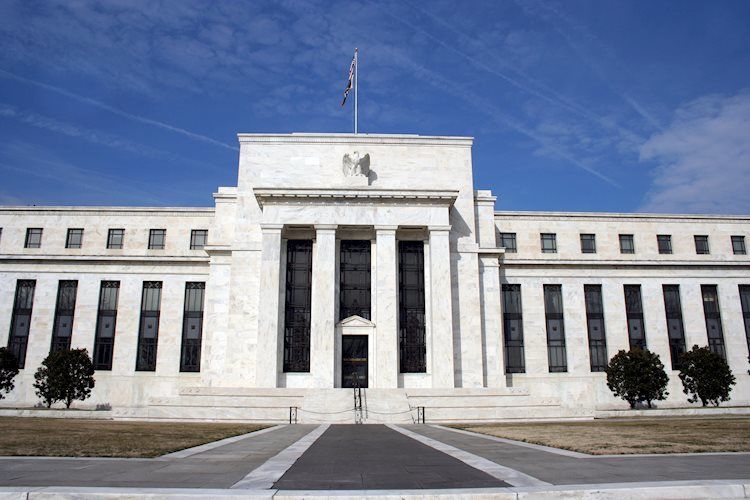The President of the Federal Reserve Bank of Cleveland, Loretta Mester, discussed the current state of the economy at the “Central Banking in the Post-Pandemic Financial System” event. Mester indicated that maintaining restrictive rates is not a major concern at the moment, given the robustness of the job market. Fed policymakers are sticking to a cautious script after April’s inflation data prompted hopes for a rate cut. Mester expects economic growth to surpass trend levels this year, but the direction of inflation remains uncertain. Although inflation is expected to decrease, it may take some time. However, Mester emphasized that keeping rates restrictive is not a significant risk at the moment due to the strength of the job market, and that policy is positioned well with the need to monitor data and hold steady in the current environment.
In terms of market reactions, the US Dollar Index (DXY) was trading slightly lower on the day following Mester’s remarks. This indicates that investors are processing the information provided and reacting accordingly to potential changes in monetary policy. The Federal Reserve’s actions and statements have a direct impact on the value of the US Dollar, as adjustments to interest rates can influence investor sentiment and the attractiveness of US assets. It is crucial for market participants to closely monitor central bank communications and adjust their positions accordingly in response to emerging developments in the economy.
Monetary policy in the United States is primarily shaped by the Federal Reserve, which has dual mandates of achieving price stability and fostering full employment. The Fed adjusts interest rates to manage inflation and unemployment levels. When inflation surpasses the 2% target, the Fed may raise interest rates to curb inflation, which can lead to a stronger US Dollar. Conversely, if inflation falls below 2% or unemployment rises, the Fed may lower interest rates to stimulate borrowing and investment, which could weaken the Greenback. Understanding the Fed’s policy decisions is essential for investors to navigate changing market conditions and optimize their portfolios.
The Federal Reserve conducts eight policy meetings annually, during which the Federal Open Market Committee (FOMC) evaluates economic conditions and makes monetary policy decisions. The FOMC includes twelve Fed officials, consisting of members of the Board of Governors, the president of the Federal Reserve Bank of New York, and a rotating group of regional Reserve Bank presidents. These officials play a crucial role in setting interest rates and maintaining financial stability in the US economy. Investors closely monitor FOMC meetings and statements to gauge the future direction of monetary policy and anticipate potential market impacts.
During times of extreme economic stress, the Federal Reserve may resort to unconventional policy measures such as Quantitative Easing (QE) to inject liquidity into the financial system. QE involves the Fed purchasing bonds from financial institutions to increase credit flow and stimulate economic activity. This program was notably used during the Great Financial Crisis in 2008 to support the economy and financial markets. QE typically weakens the US Dollar as it increases the money supply and reduces the currency’s value relative to other assets. Conversely, Quantitative Tightening (QT) involves the Fed reducing its bond purchases and not reinvesting the proceeds, which can strengthen the value of the US Dollar. Understanding these monetary policy tools and their potential impact on the currency market is essential for making informed investment decisions in response to changing economic conditions.















